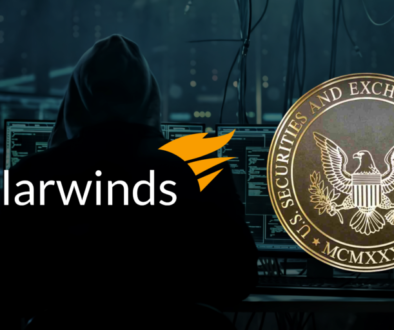Proactive Regulatory Guidance
This month we present several examples of proactive regulatory guidance. We recommend you use this optimistic time of year to review your programs and proactively communicate these developments to your board, management and other stakeholders. Please reach out. We are here as a resource and look forward to hearing from you.
FINTECH
Interesting case to watch re: regulatory strategy for offering products and global securities requirements. European regulators are examining whether Binance, one of the world’s biggest cryptocurrency exchanges, has complied with securities rules over its launch of trading in stock tokens.
SEC Commissioner Advocates for Facilitating Tech Innovation. This Token Safe Harbor Proposal 2.0 from Commissioner Peirce is an interesting indication for product development and discussions about when it is appropriate to proactively reach out to regulators.
Risk of Cryptocurrencies Study – Surprising Perspective from a Former CIA Head including:
- The broad generalizations about the use of Bitcoin in illicit finance are significantly overstated; and
- The blockchain ledger on which Bitcoin transactions are recorded is an underutilized forensic tool for intelligence gathering and highly effective crime fighting.
SEC DEVELOPMENTS
SEC Commissioner asks Questions to Asset Managers about ESG to inform potential regulatory efforts.
Whistleblower awards claims are a good reminder to make sure your internal reporting process is fulsome so complaints are reported internally providing an opportunity to address them before regulatory action.
ESG
Considering Investing or Starting an ESG Fund? This SEC Division of Examinations Risk Alert is helpful for compliance officers. Of note – the comments about Compliance Officers’ ESG experience and the inconsistency between claims and practices. This could be converted into a roadmap for a mock audit.
Commissioner Hester Peirce’s recent public statement “Rethinking Global ESG Metrics” focuses on the perspective of ESG as a good investment approach (as opposed to purpose-driven), the complexity of shifting to a stakeholder (as opposed to shareholder) orientation and the challenge with aligning with European standards in drafting appropriate disclosure statements.
For personal trading requests or capital raising activities, SPACs are in the spotlight.
Guest Column
by Courtney Lang
Last month, two people said to me on separate occasions, “you can’t swing a dead cat these days without hitting a SPAC.” Having never heard that expression before, I wondered why everyone was suddenly talking about dead cats, who was killing all of these cats, and why on Earth I would swing one. I hoped it wasn’t a morbid new TikTok trend. Luckily (for the cats) it is not. However, it was understandable that everyone was metaphorically hitting SPACs with said cats. Those things were everywhere. SPAC IPOs have raised more than $100 billion in 2021 thus far. SPACs have become so popular that the SEC even released an investor alert warning the public not to invest in certain SPACs based on celebrity endorsement. Which leads me to my own investor alert: if you are investing in something solely because A-Rod told you to, please log off of Reddit, slowly back away from your computer, and consult an investment professional immediately.
A SPAC (Special Purpose Acquisition Company), often referred to as a “blank-check company,” is a public shell company that raises funds to acquire a private company and take it public. It is viewed as a quicker, easier way for a company to go public because it requires less disclosure than the traditional IPO route does. When raised, a SPAC has no operations and its only business plan is to take a company public. Which company? They might not know yet. SPACs have 18-24 months after raising funds to identify firms they can merge with or they will be liquidated and the purchase price plus interest will be returned to investors.
Some hail SPACs as a way to democratize investing. At an average of $10 per unit (with a unit being one share plus one fractional warrant), SPACs provide individuals with the opportunity to invest in companies that would otherwise exit to private funds with high investment minimums. Individuals get the chance to invest with more upside than they may typically encounter, though this may come with a correspondingly higher level of risk that the financial markets usually hinder unaccredited investors from taking. Investors are accredited by providing proof of access to liquid cash via salary or savings or proof of financial knowledge through passing FINRA Series exams. Some think it is paternalistic to require an investor to be accredited before they invest in certain riskier types of securities. They argue that just because someone is not currently wealthy or working in the financial industry does not mean he or she is incapable of making intelligent and informed investment decisions.
On the other side of the coin, some fear SPACs take advantage of uninformed retail investors while the already wealthy sponsors get richer. They worry that fewer disclosures may equate to less due diligence prior to investment. In the first quarter of this year, investors sued eight companies that combined with SPACs. Also, individual investors don’t have the power to negotiate terms with SPACs in the way that an LP in a private fund may be able to. Thus, the terms for SPAC shareholders aren’t typically as favorable as the terms of private funds. Some have even suggested that the misalignment of incentive structure between the shareholder and the sponsor, wherein the sponsor is incentivized to complete a merger rather than liquidate and return shareholder capital, presents an unethical conflict of interest.
Ultimately, whether SPACs continue to amass billions of dollars will depend on the SEC, among other market conditions such as investor demand and the number and market value of potential acquisition targets. According to Dealogic, SPACs raised roughly $17 billion during the first 20 days of January, but that fell to $2.5 billion during the corresponding period in April, likely due to uncertainty surrounding SEC regulations. The SEC may release guidance on the treatment of warrants on a SPAC’s financial statements as liabilities and whether the legal safe harbor for forward-looking projections applies to SPACs.




